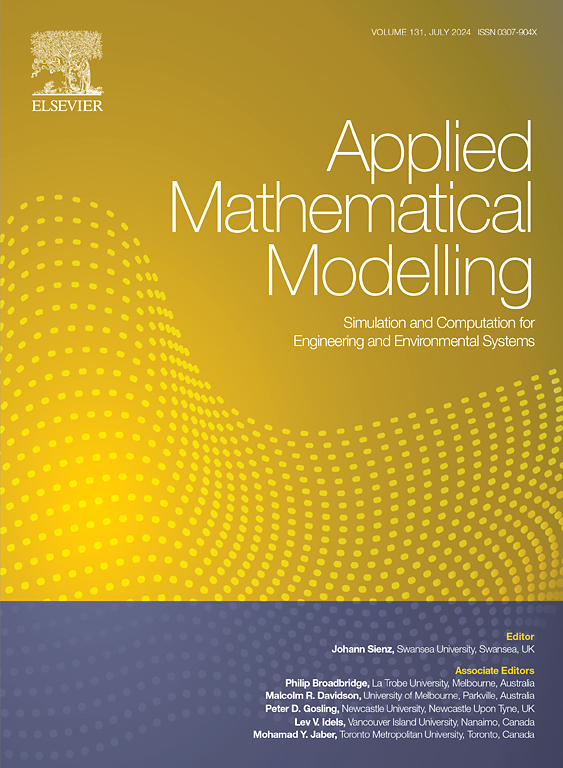Intrinsic model of rock nonconstant damage creep based on fractal-order theory
Abstract
Saltstone is an ideal medium for storing fossil energy and highly radioactive nuclear waste. Studying the creep mechanical properties of salt rock is important for the safe operation of underground salt rock reservoirs. An intrinsic model of salt rock creep considering the time effect is established based on the element combination model and combined with the fractal-order calculus theory. The model can describe the viscoelastic–plastic creep mechanical behavior of rocks. The 1D and 3D creep equations of salt rock considering the time effect are deduced based on the theory of combined model. The long-term strength values of salt rocks are determined by analyzing the characteristics of isochronous stress–strain curves of existing uni- and triaxial creep tests of the rocks. The parameters in the model are identified by combining the isochronous stress–strain curves and creep test data. Results show that the established creep constitutive model effectively describes the creep mechanical properties of salt rock under different stress states. The model also compensates for the shortcomings of the traditional model that cannot describe the accelerated creep deformation law. It can provide a certain theoretical basis for predicting the creep deformation characteristics of salt rock.

 求助内容:
求助内容: 应助结果提醒方式:
应助结果提醒方式:


